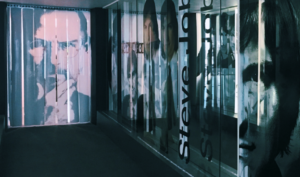
How to Humanize Your Employer Brand on Social Media
What is an Employer Brand? Employer branding is a fundamental part of every company’s identity. It’s not just about the products and services you offer.

What is an Employer Brand? Employer branding is a fundamental part of every company’s identity. It’s not just about the products and services you offer.

Let’s go back in time. Way back to 1997. Apple’s high-flying identity as a tech innovator had been seriously tarnished. It certainly wasn’t the global

In less than 20 years, podcasting has revolutionized the way we consume and engage with informational content, offering a powerful digital platform for individuals to
In early 2015, I was a remote worker getting through my job every day with very little oversight, very few challenges – and very little
Social media is everywhere in the modern world. Its ability to improve communication and to compel our attention makes it one of the most powerful
“Begin the day with a friendly voice A companion unobtrusive Plays that song that’s so elusive And the magic music makes your morning mood.” —Neil
The TalentCulture #TChat Show is back live on Wednesday, January 28, 2015, from 7-8 pm ET (4-5 pm PT). The #TChat radio portion runs the first
When you’re trying to hone your speaking and presentation skills, it’s always a good idea to turn to the pros as examples. But who would